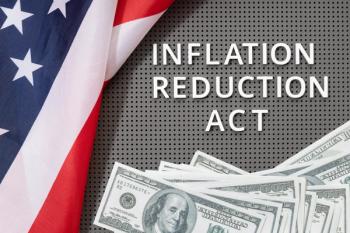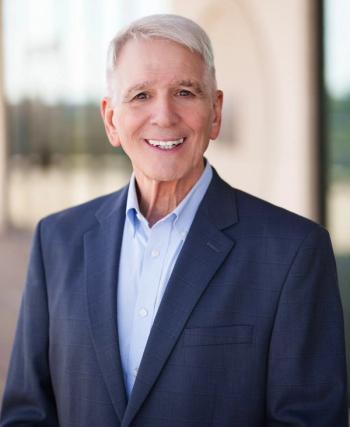
Use of telehealth could save billions
If passed, the Medicare Telehealth Enhancement Act introduced earlier this year promises to greatly expand telehealth programs
The Obama Administration is helping to fuel renewed interest in telehealth by actively touting it as a tool to expand access and lower costs. Bi-partisan legislators are also doing their part by addressing obstacles to widespread adoption, such as easing restrictions on funding for telehealth programs in rural areas. As of now, only about 20% of the nation's Medicare beneficiaries have access to telehealth; if passed, the Medicare Telehealth Enhancement Act introduced earlier this year promises to greatly expand telehealth programs.
It's estimated that widespread use of remote monitoring alone could cut healthcare costs by $197 billion over the next 25 years. What's more, an increasing number of consumers are primed and ready for this technology. A 2009 survey by PriceWaterhouseCoopers (PwC) found that 73% of respondents would be open to using remote monitoring. The same survey also found that one in two survey respondents would be very or somewhat likely to use the internet or other computer technology to access healthcare.
Consumer satisfaction rates in remote monitoring pilot programs also reveal that patients are receptive to telehealth. The PwC survey examined the Veterans' Administration's telehealth programs and found patient satisfaction scores of 86%, and that health system utilization was reduced by 30%.
While remote disease management systems have demonstrated that they can significantly improve health status and reduce healthcare costs, they also have an unfortunate reputation for over-promising and under-delivering. Some commonly cited shortcomings: not scalable for large patient populations; too expensive; not user friendly (difficult for patients to install and use, difficult for providers to integrate into existing systems); and collect too little useful data or too much of the wrong data.
The good news is, today's telehealth systems have advanced well beyond their former limitations. Industry experts now recognize that in order to succeed, telehealth devices must be designed so that people can manage their own health anytime, anywhere, with any mode of communication.
Below are a few examples of positive outcomes from telehealth programs:
Currently, telehealth is only covered by a limited number of public programs (such as state-run Medicaid programs) and an even smaller number of private health plans. The majority of today's healthcare administrators have not yet determined how to reimburse physicians using remote monitoring data as a preventive measure. Despite these restrictions, some health plans and medical groups are providing wireless devices to patients without reimbursement because of the cost savings afforded by fewer hospital admissions and physician office visits.
The Promise of Telehealth
Some key elements to consider when implementing a telehealth program:
With an aging population and an increasing need to help people address the high physical and economic costs of chronic illnesses, the value of telehealth programs cannot be under-estimated. Health plans that look for ways to build and expand these programs will not only experience improved outcomes and lower costs, they will also help members create lasting healthcare changes that will benefit the entire nation.
Jason Goldberg is founder and president of IDEAL LIFE, Inc., a Toronto-based multinational company that delivers timely and accurate health information through collaborative solutions that are secure, reliable, and mobile.
Newsletter
Get the latest industry news, event updates, and more from Managed healthcare Executive.






















































